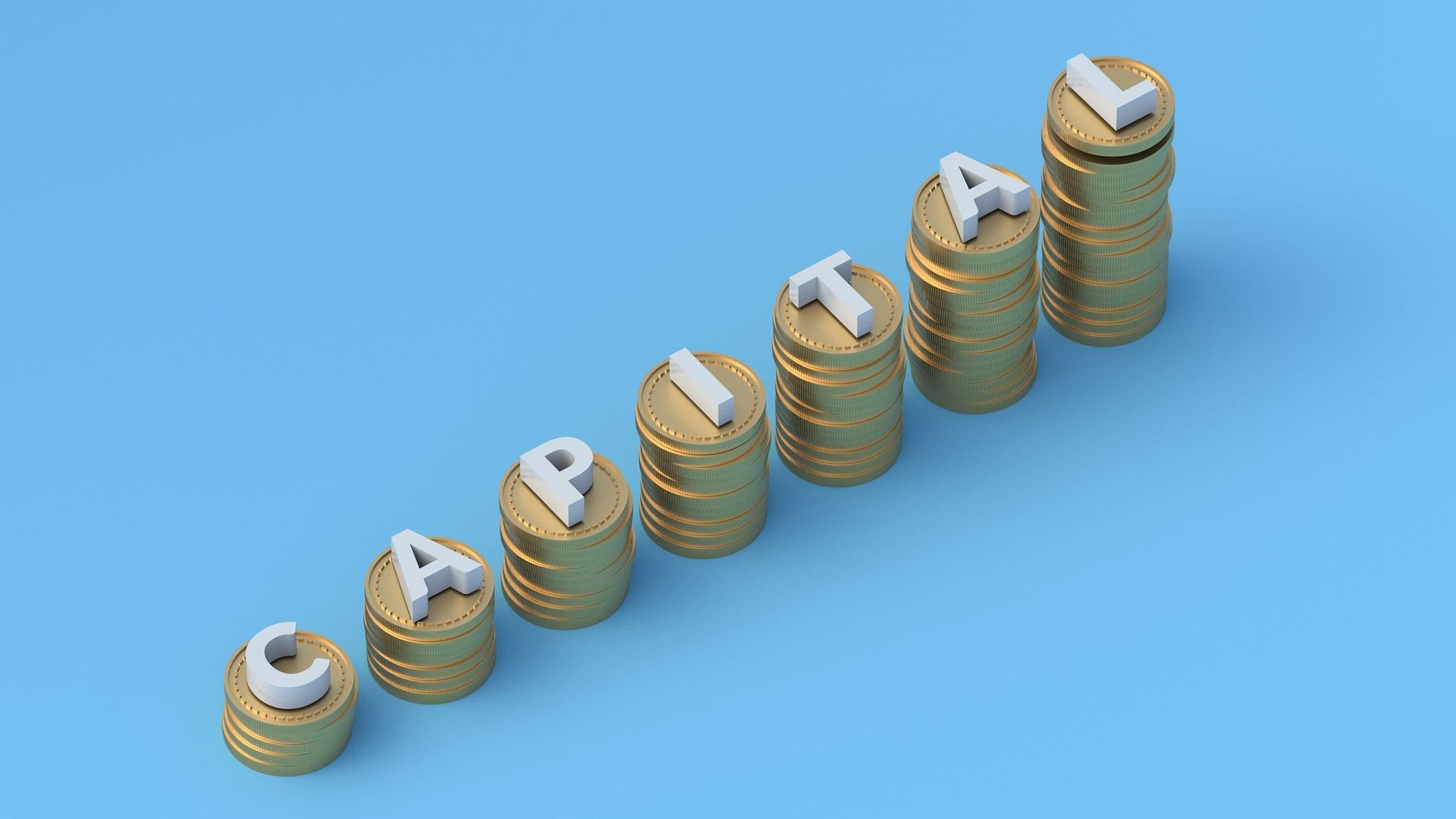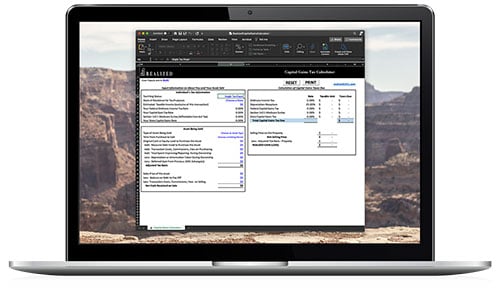
Investing in property can be a lucrative endeavor, especially if you know how to navigate the complexities of taxes and reserves. One concept that often surfaces in the context of investment property management is the capital gains reserve. This tool can play a vital role in managing tax liabilities and ensuring smooth financial planning for property owners.
Understanding Capital Gains
Before delving into what a capital gains reserve is, it’s essential to understand the concept of capital gains itself. Capital gains are the profits that result from selling an asset at a price higher than the purchase price. These gains are classified as either short-term or long-term based on the duration the asset was held. For real estate investments, long-term gains, which are held for more than a year, often benefit from lower tax rates compared to short-term gains.
The Role of Capital Gains Reserve
A capital gains reserve is essentially a strategic tool used by investors to manage and soften the tax blow associated with capital gains on property sales. It involves setting aside a portion of the proceeds from the sale to cover expected capital gains taxes. This reserve acts as a financial buffer, ensuring that property owners have the necessary funds to meet tax obligations when the due date arrives.
By doing this, investors can avoid a cash crunch that might occur if they were unprepared for the tax bill. It allows property owners to continue reinvesting in new projects without having to worry about liquidating investments or scrambling for cash to cover taxes.
How It Works
The creation of a capital gains reserve typically involves a few structured steps:
- Estimation of Tax Liability: The first step is to estimate the potential tax liability from the sale. This involves calculating the expected capital gains tax rate and the net gain from the sale of the property.
- Allocation of Funds: Once the tax liability is estimated, a portion of the sale proceeds is allocated to a reserve fund. This amount should adequately cover the calculated tax liability.
- Management of the Reserve: The capital gains reserve can be held in various financial instruments, ranging from simple savings accounts to more innovative investments that offer interest or returns. The key is ensuring that the funds remain accessible when the tax payment is due.
- Payment of Taxes: When the time comes, the reserved funds are withdrawn to cover the tax dues, ensuring compliance without disrupting financial stability.
Benefits for Property Owners
Setting up a capital gains reserve offers multiple benefits:
- Financial Stability: By ensuring tax liabilities are met without disrupting other financial obligations, it aids in maintaining cash flow stability.
- Flexibility in Investments: Property owners can focus on reinvestment opportunities without the need to liquidate assets to pay taxes.
- Peace of Mind: Planning ahead for tax payments reduces stress and potential financial strain, allowing investors to concentrate on other aspects of property management.
A capital gains reserve is a smart strategy for savvy property investors who wish to optimize tax management and maintain a healthy financial standing. By understanding and effectively implementing this tool, property owners can enhance their investment journey and achieve sustained success in the competitive real estate market.


